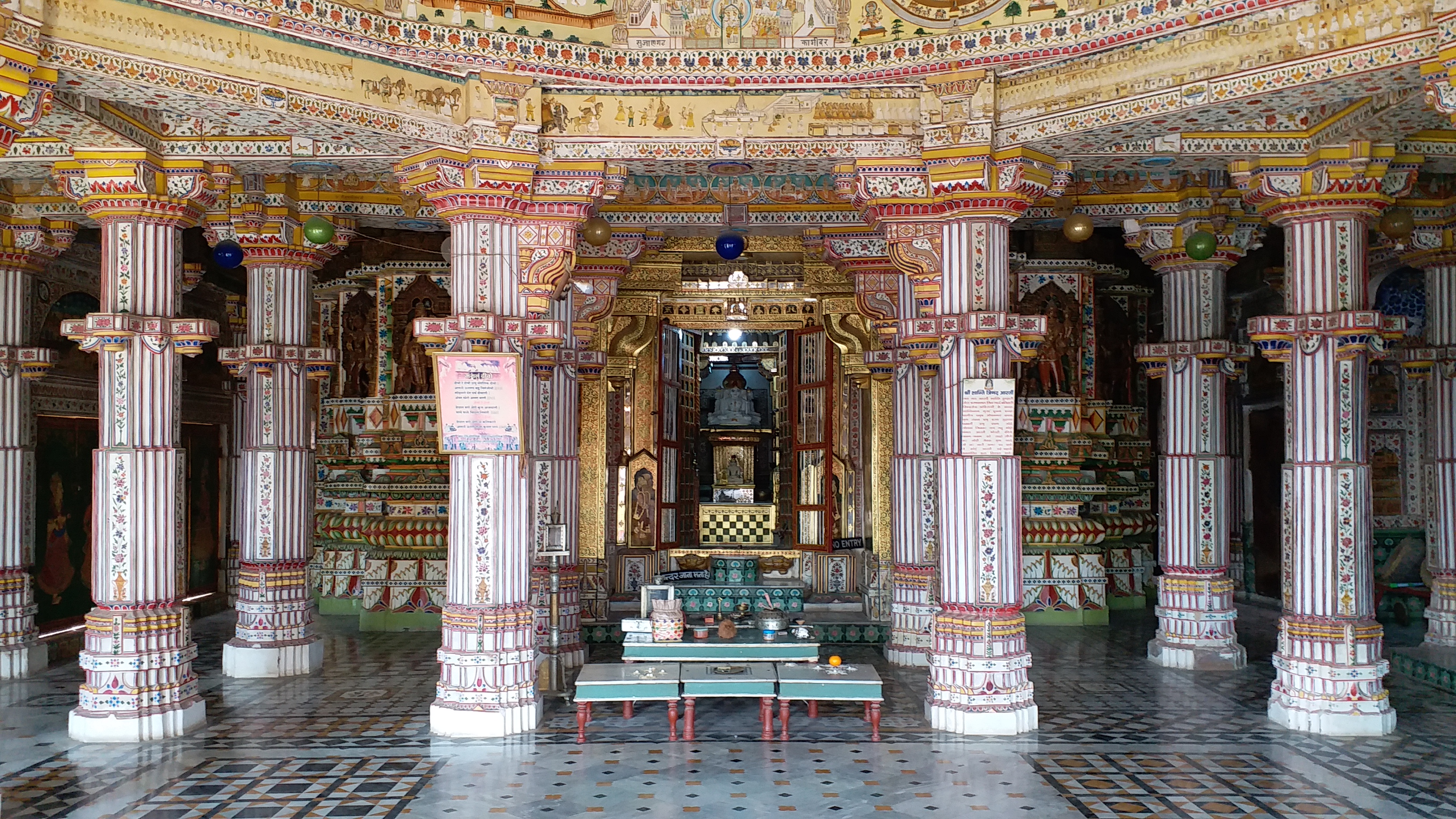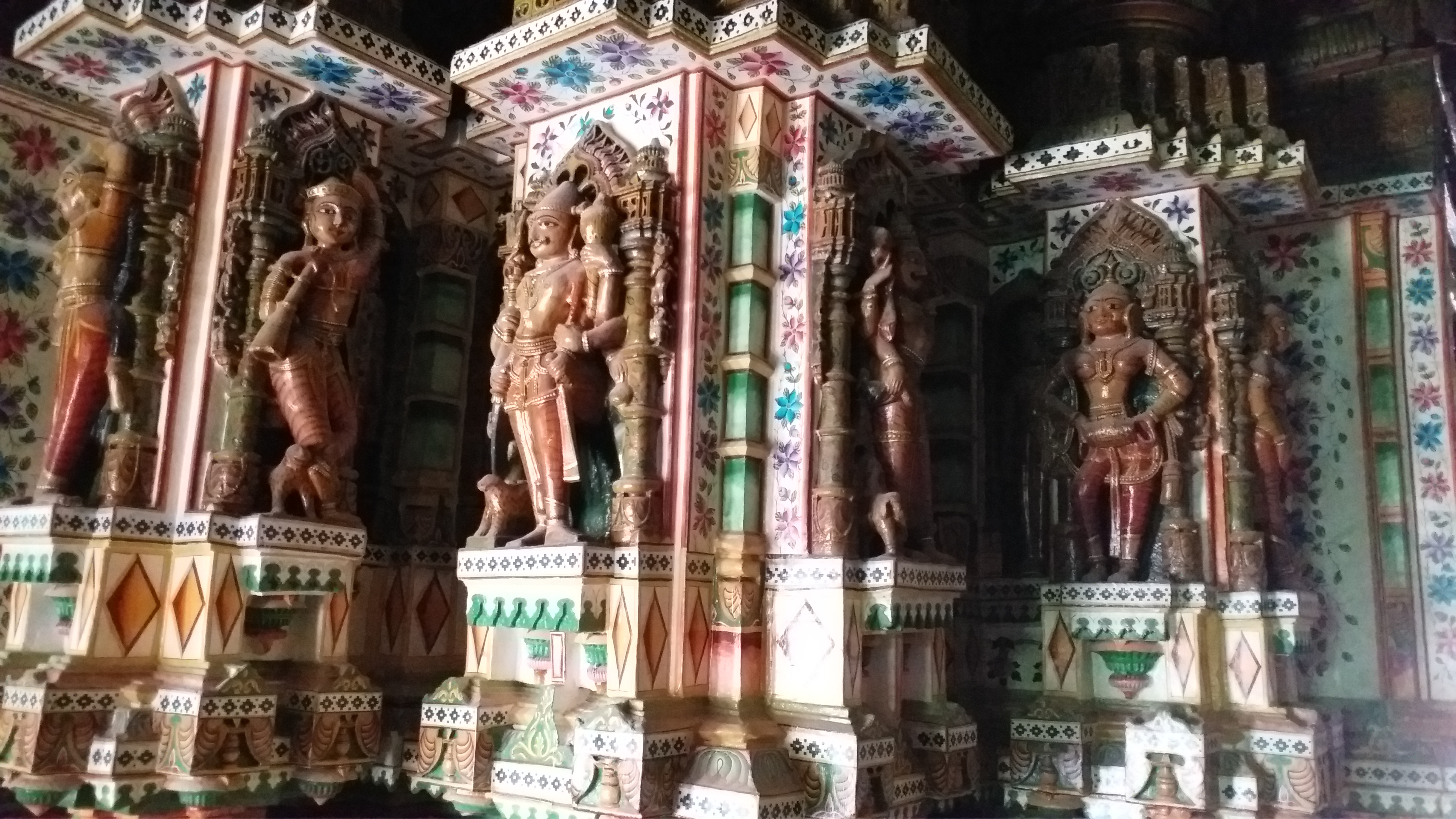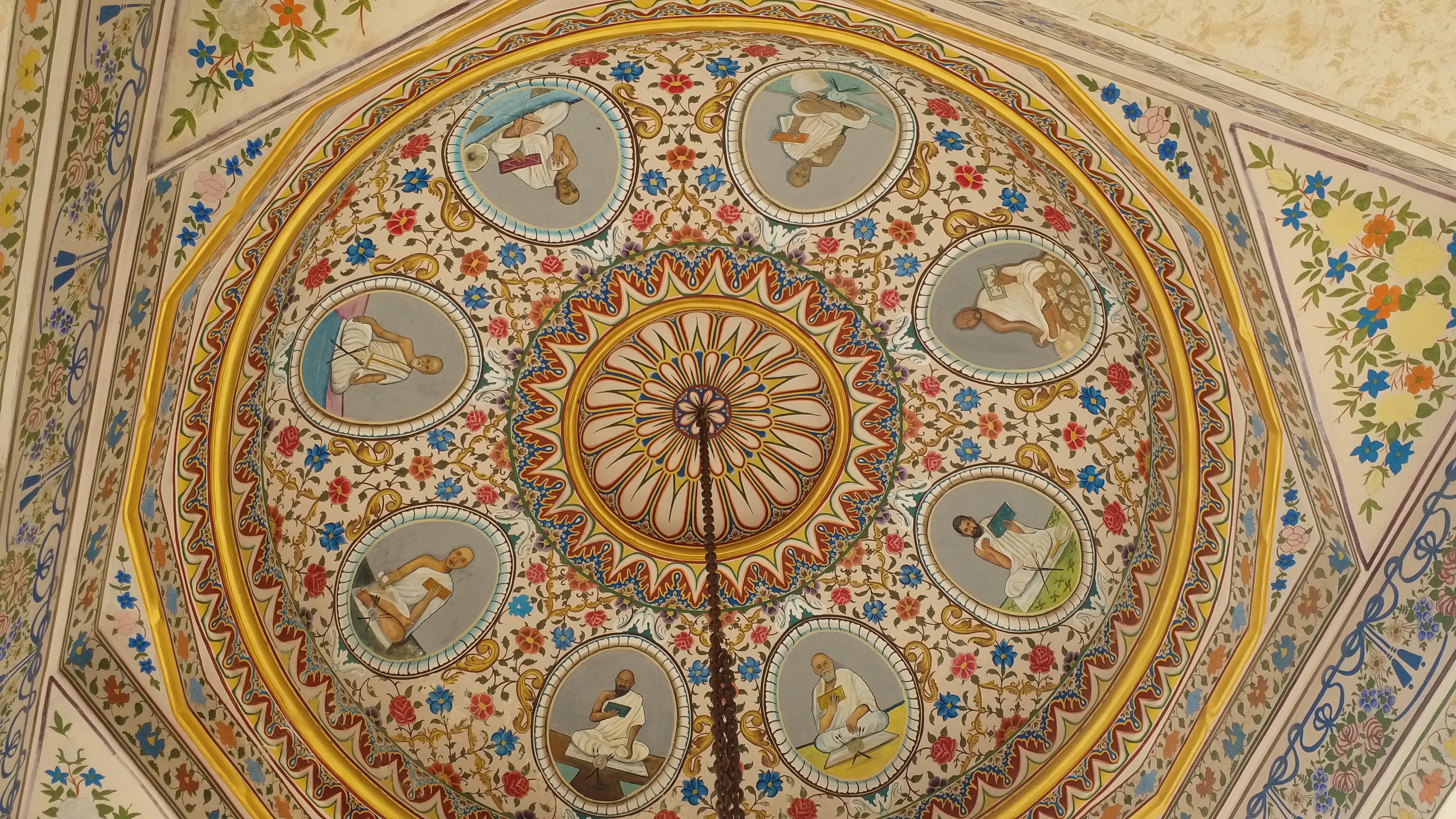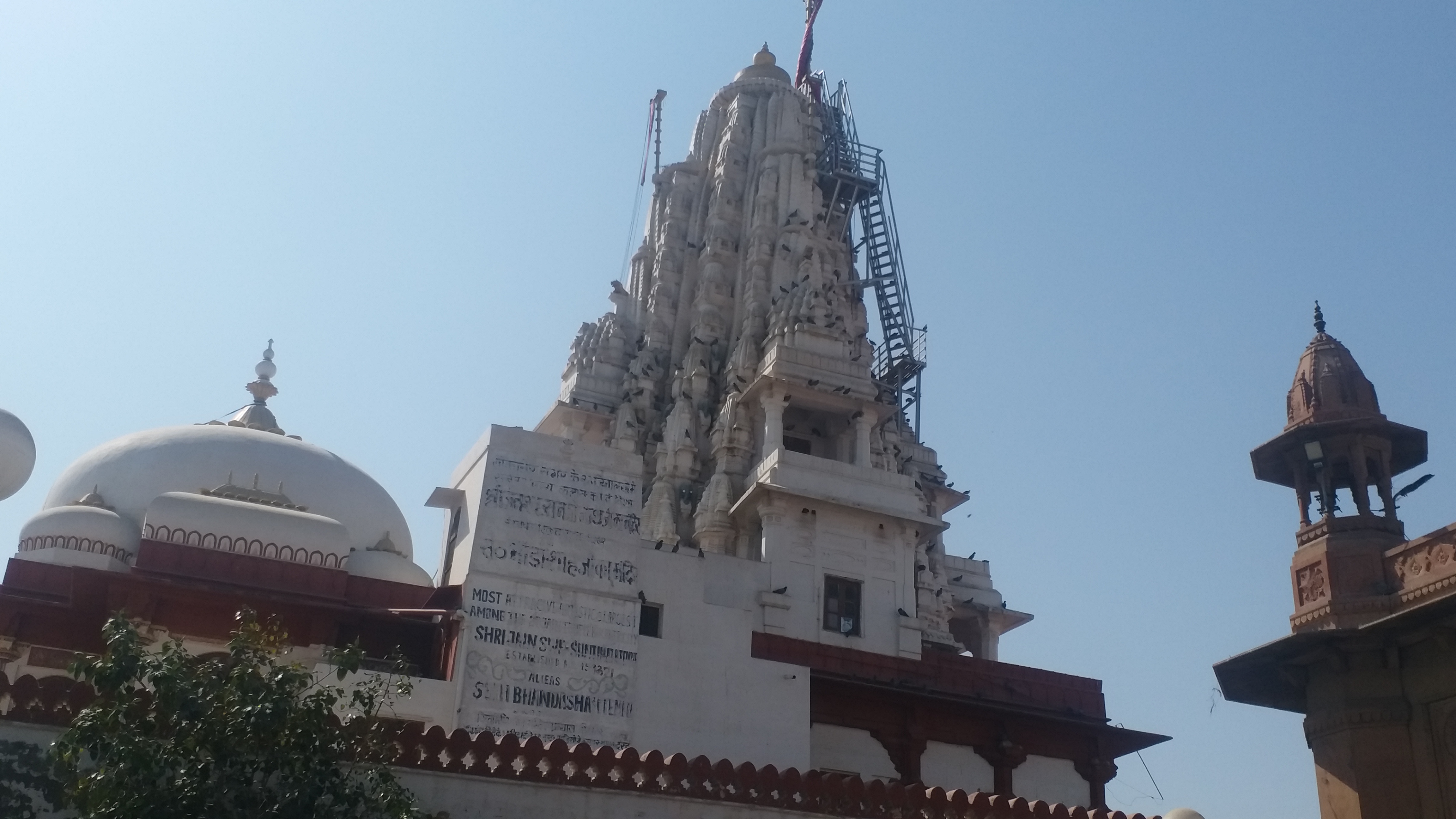Bikaner: The cultural heritage and historical significance of Bikaner are manifested in its Havelis. The nook and corner of the city have stories of the ancient past to narrate. The aesthetics one would enjoy while visiting the historic fort of Junagarh or during the heritage walk in Rampuria haveli are insurmountable.

The well renowned Bhandashah Jain temple leaves visitors spellbound with its magnificent architecture and intricate artwork embellishing the structure. Intriguingly, the architectural masterpiece's foundation was laid with ghee instead of plain water as per a legend.
The city was established 534 years ago by Rao Bikaji while the temple is two decades older than the city itself. Seth Bhandashah ordered its construction 552 years ago and it was completed in 42 years.
Also read: Teenager allegedly raped by neighbour in Rajasthan
Local resident, Rajesh Changani says that the only construction before the establishment of Bikaner is the Jain temple of Bhandanshah. Director of the Rajasthan State Archives, Dr Mahendra Khadgavat, says that although no written document validates that the foundation of the temple was filled with ghee, historical facts often do not require authentication. It is a hearsay that the foundation of the temple was filled with ghee.
On the basis of an ancient legend, it was believed that a businessman had told Bhandanshah that the building of the temple would be strong if its foundation was filled with ghee.

Priest of the temple, Jagdish Sewak, says, around four thousand quintals of desi ghee were used in the foundation of this temple. During the hot summer season, the floor of this temple becomes superficially smooth, he says. It indicates that the ghee in the foundation starts to rise due to the heat. Sewak also said that his family has been associated as priests in this temple for many generations.

Also read: Court refuses to hear petition in Sky Light Hospitality case
Wars and historical events are depicted on the walls. The life cycle of 16 Tirthankaras is depicted on the dome.
At the time of its establishment, it was proposed that this temple would consist of seven floors. As Seth Bhandanshah passed away before the completion, the plan did not turn to fruition. It belonged to Shriswetambar Jain religion's fifth Tirthankara Shri Sumatinath.

It is said that the foundation of this temple is as high as four elephants and it was filled with limestones. One can get a bird's eye view of Bikaner city from the third floor of the temple.
Not just Jains, but people of every religion and caste visits the temple to be enamoured by its beauty. The magnificence and artistry of this temple remain unmatched to other temples of the Bikaner city. It is considered National Protected Monument by the Government of India.
Also read: Rajasthan to disburse ₹16,000 cr interest-free loans to farmers
A tourist couple from Chandigarh said that the use of Jaisalmer yellow stone and Italian marble in the construction of the temple render its uniqueness. They also said that they have never witnessed such splendid architecture.



